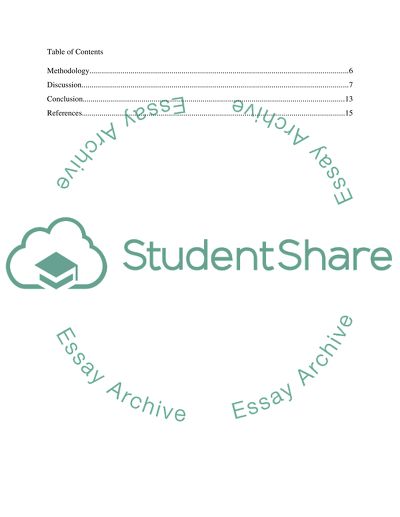Cite this document
(“Perspectives of Indonesia to Become Economic Powerhouse in Asia by Essay”, n.d.)
Retrieved from https://studentshare.org/english/1479815-perspectives-of-indonesia-to-become-economic-powerhouse-in-asia-by-2030
Retrieved from https://studentshare.org/english/1479815-perspectives-of-indonesia-to-become-economic-powerhouse-in-asia-by-2030
(Perspectives of Indonesia to Become Economic Powerhouse in Asia by Essay)
https://studentshare.org/english/1479815-perspectives-of-indonesia-to-become-economic-powerhouse-in-asia-by-2030.
https://studentshare.org/english/1479815-perspectives-of-indonesia-to-become-economic-powerhouse-in-asia-by-2030.
“Perspectives of Indonesia to Become Economic Powerhouse in Asia by Essay”, n.d. https://studentshare.org/english/1479815-perspectives-of-indonesia-to-become-economic-powerhouse-in-asia-by-2030.


